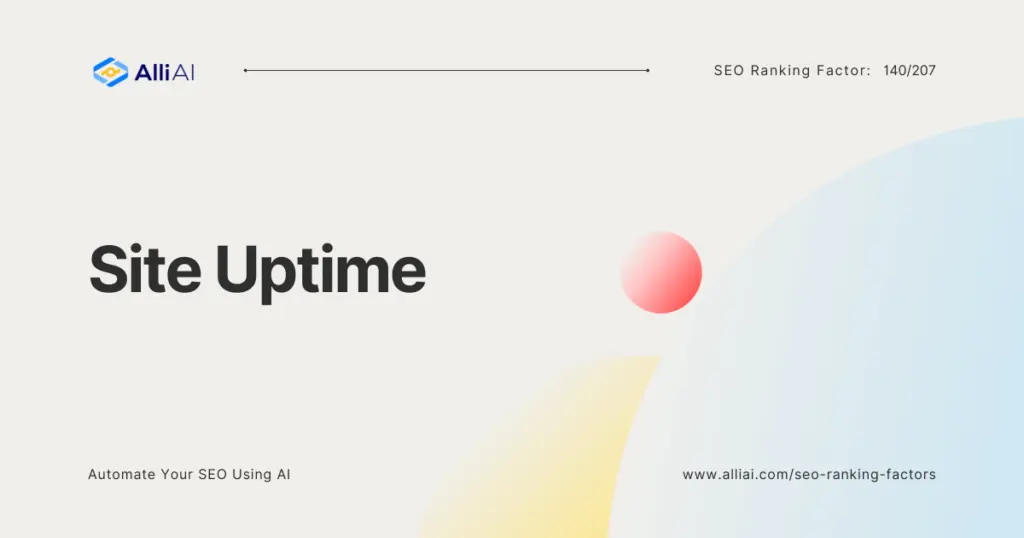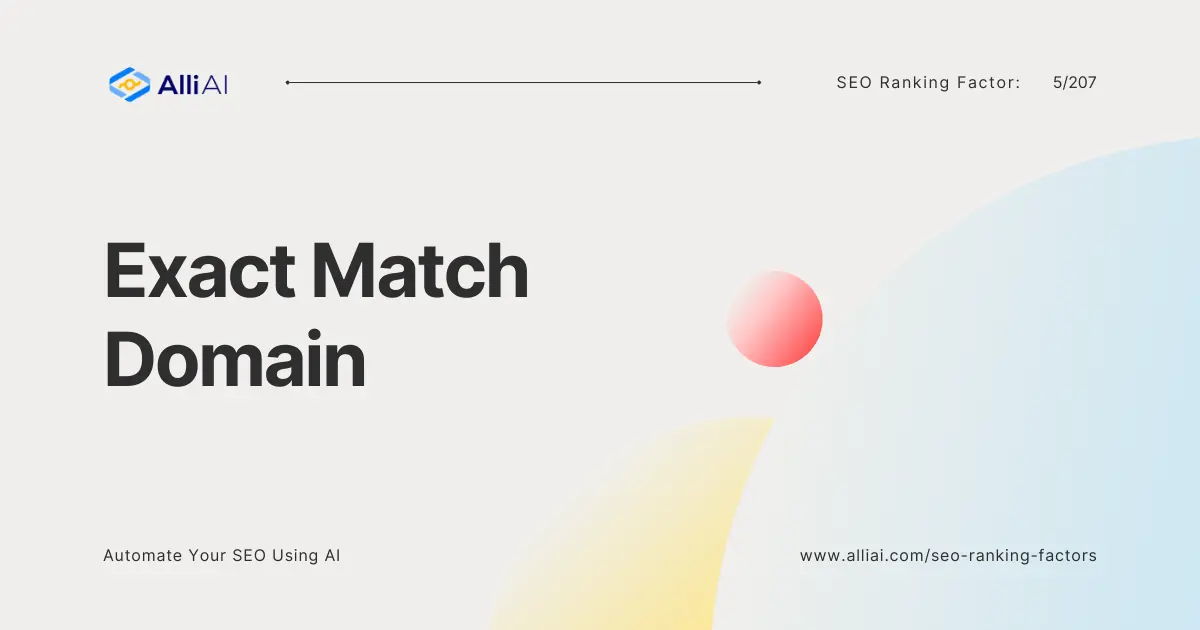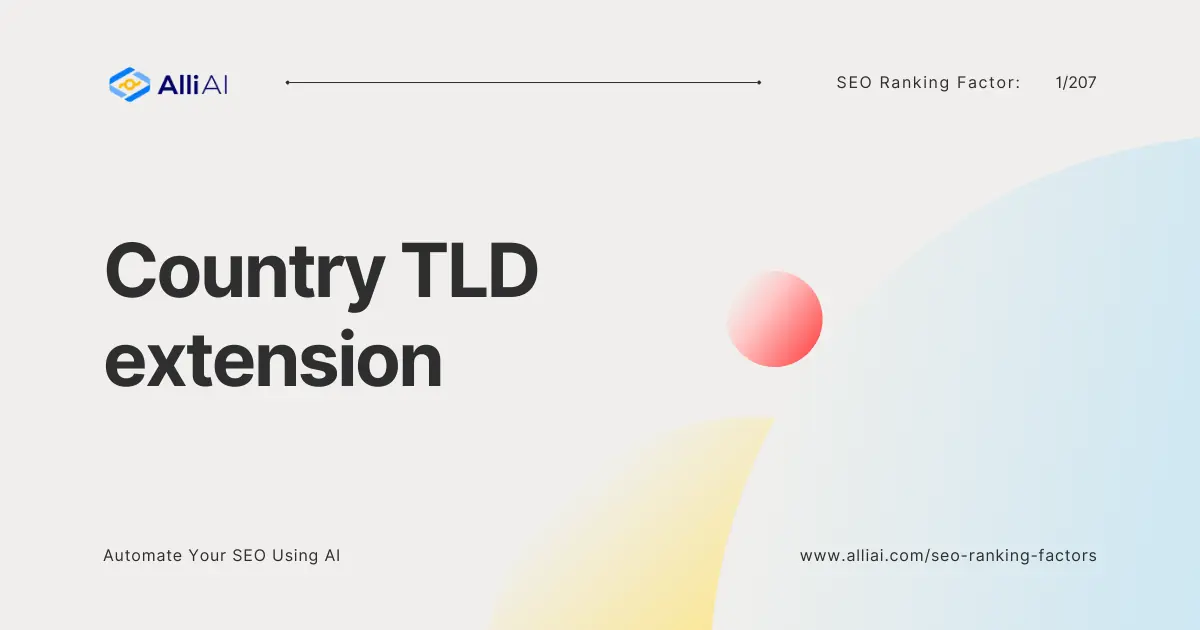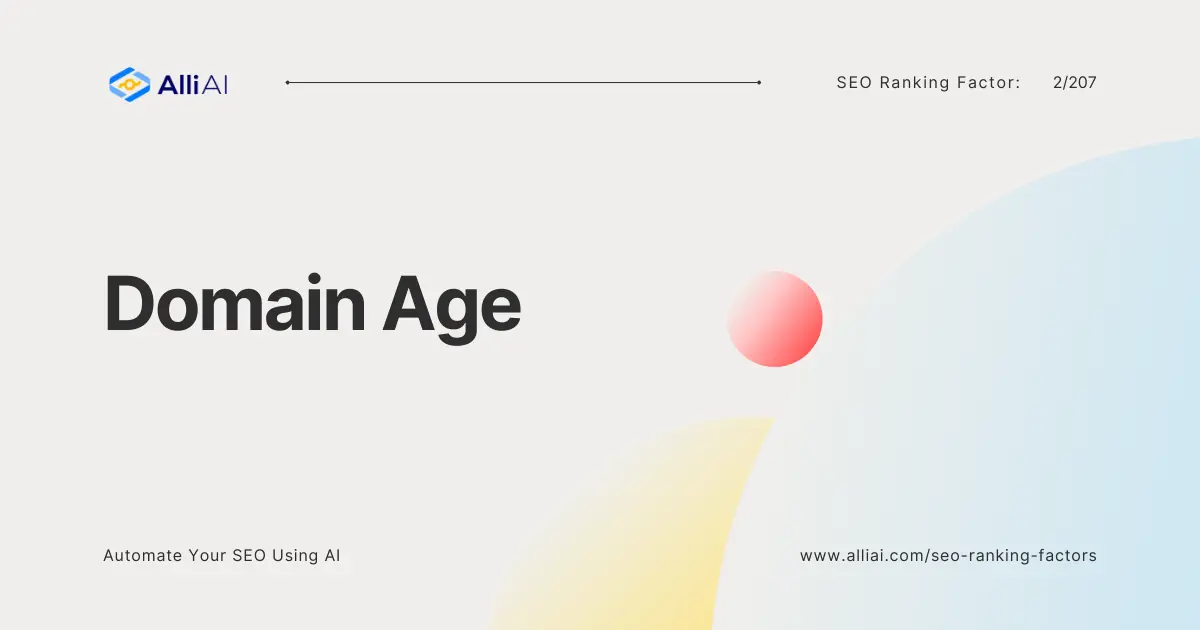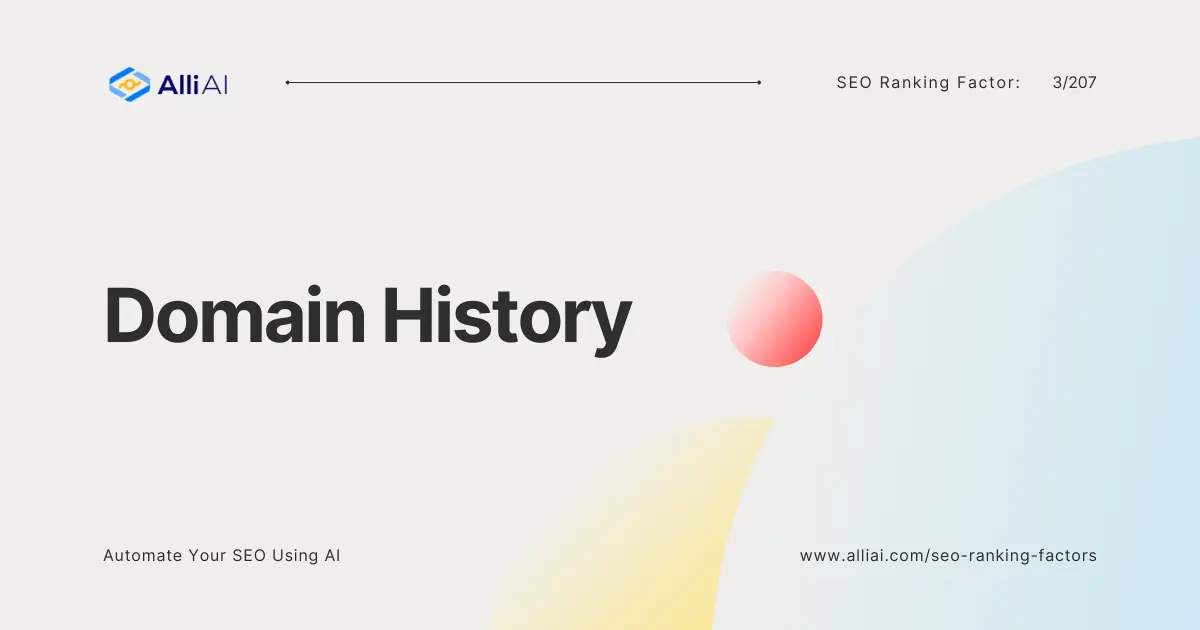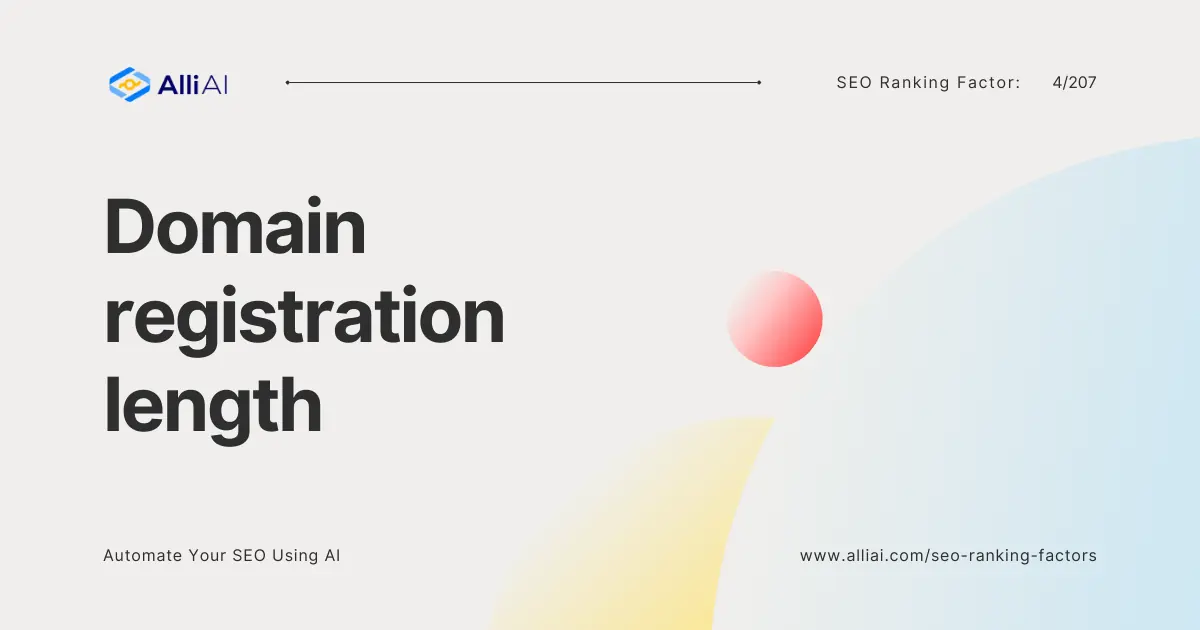What is Site Uptime?
Site uptime is the percentage of time a website remains operational and accessible to users. It’s a critical metric for website owners, as consistent uptime ensures a positive user experience and contributes favorably to search engine rankings.
Imagine if your favorite coffee shop was always open, ready to serve you your much-needed espresso shot any time you craved it. Similarly, a website with high uptime is like an always-open shop, ready to engage its visitors at any moment.
Why is Site Uptime Important in SEO?
Site uptime plays a significant role in Search Engine Optimization (SEO) for several reasons:
- User Experience: Search engines like Google prioritize websites that offer seamless experiences. Downtime creates friction, leading to user frustration and potential abandonment.
- Crawler Accessibility: When search engine crawlers encounter a website that’s down, they receive error codes (such as 404 or 503). Frequent errors can signal to search engines that the site is unreliable, potentially hindering its ability to rank well.
- Reliability: Prolonged or regularly occurring outages indicate potential technical issues or inadequate server resources, negatively affecting a website’s perceived trustworthiness in the eyes of search engines.
How Site Uptime Affects SEO
While brief periods of planned maintenance are generally acceptable, extended or frequent downtime can negatively impact your website’s search engine rankings. Ideally, strive for an uptime percentage of 99.9% or higher. For context, even a seemingly small difference like 99.9% uptime vs. 99% uptime translates to a difference of nearly nine hours of potential downtime per year.
Google’s former web-spam lead, Matt Cutts, shares further details on how Google approaches websites experiencing downtime.
Monitoring and Improving Site Uptime
- Uptime Monitoring Tools: Utilize tools like UptimeRobot, Pingdom, or Site24x7 to proactively monitor your website’s uptime. These services will alert you immediately in the event of an outage, allowing you to swiftly address the issue.
- Reliable Hosting: Choose a hosting provider with a proven track record of high uptime guarantees. Invest in a hosting plan that adequately supports your website’s traffic demands.
- Software Updates: Keep your website’s software (CMS, plugins, themes) updated to ensure compatibility, security, and optimal performance.
- Content Delivery Network (CDN): For high-traffic websites, consider a CDN to distribute content across a network of servers, reducing the load on your primary server and improving both speed and reliability.
Technical Considerations
- Error Codes: Be aware of common HTTP status codes that might occur during downtime (e.g., 404 Not Found, 500 Internal Server Error, 503 Service Unavailable) and their potential implications for crawlers.
- Planned vs. Unplanned Downtime: Scheduled maintenance with proper communication to users is generally less detrimental to SEO than unexpected outages.
Immediate Action Steps if Your Site Goes Down
- Check with your hosting provider: Verify if the downtime is due to scheduled maintenance or an unexpected issue.
- Communicate with your users: Use social media to inform users of the issue and expected resolution time.
- Analyze and address the cause: Once your site is back online, analyze the cause of the downtime and take steps to prevent future occurrences.
FAQ
How can I monitor my site’s uptime?
Numerous tools and services allow you to monitor your website’s uptime, such as UptimeRobot, Pingdom, and Site24x7. They send alerts when your site goes down, helping you to react quickly and minimize downtime.
Does site downtime affect my site’s ranking immediately?
While a short period of downtime might not immediately affect your site’s ranking, consistent or prolonged downtime can. Search engines recognize that websites can sometimes go down for maintenance or due to other unavoidable issues. However, frequent outages signal unreliability, which can hurt your SEO over time.
How can I improve my site’s uptime?
Start by choosing a reliable hosting provider with a track record of high uptime percentages. Regularly update your site’s software, monitor your site’s traffic to scale your resources accordingly, and consider using a CDN (Content Delivery Network) to alleviate the load on your servers and improve site speed and reliability.
Conclusion
Site uptime is a critical, often overlooked component of SEO that webmasters should closely monitor and optimize. Not only does it contribute to providing a positive user experience, but it also signals to search engines that your site is reliable and deserves a higher ranking in the SERPs. In the digital age, where competition for online visibility is fierce, ensuring your site remains accessible to your audience at all times can make a significant difference in your SEO efforts. Remember, in the world of SEO, every second your site is down, you could be losing valuable traffic and potential conversions.
